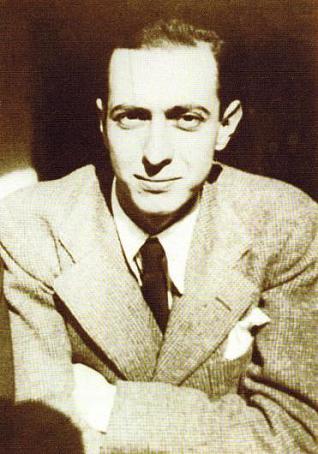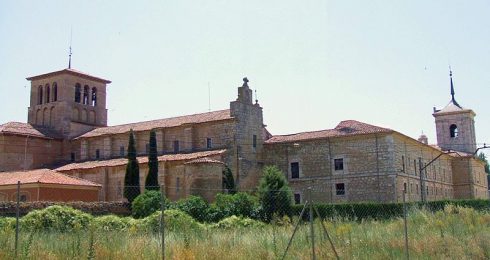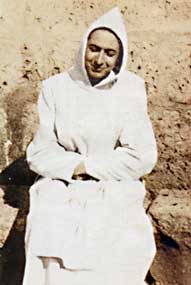St. Rafael Arnáiz Barón
(9 April 1911, Burgos, Spain – 26 April 1938, Dueñas, Palencia, Spain)
Rafael Arnáiz, known in the monastery as Brother María Rafael, was born on 9 April 1911 in the city of Burgos, in north-central Spain. He was the first of four sons born to a well-to-do, deeply Christian and Catholic family. As a boy he went to several schools run by the Jesuit Fathers. By the time of his adolescence it became clear that Rafael had special human, intellectual, artistic and spiritual gifts. These qualities were remarkably well balanced in him, producing an open, positive, joyful attitude to the world of persons and things, characterized by exuberant good humor, respect and humility.
His deeper commitment to Christ began in 1930, just after he graduated from Secondary (High) School. As a graduation present, he was allowed to pass his summer vacation with his Uncle Leopoldo and Aunt María, the Duke and Duchess of Maqueda, at their residence near Avila. It marked the beginning of a fruitful spiritual friendship between the nephew and his Uncle and Aunt. At their encouragement, Rafael made his first contact with the Trappist monastery of San Isidoro de Dueñas. It was September 1930. He was seduced by the silent beauty of the monastery and bewitched by the soaring melodies of the Salve Regina at Compline. Three years later, after finishing his architectural studies, he entered as a postulant, then became a novice, convinced that this was his true vocation. He brought nothing with him except “a heart full of joy and the love of God.”
 From that moment on, Rafael’s personal odyssey runs at high speed, for he will live only four more years. The precipitating factor is a violent case of saccharin diabetes which appears four months after his entering the monastery. The saddened, perplexed novice is forced to rest at home for a few months then return to the monastery, which he does three successive times from 1935 through 1937, at the height of the Spanish Civil War. Rafael is called into the Nationalist Army but is declared unfit for active duty. On his final return to the monastery he is obliged to enter as an oblate, taking the last place and living on the margin of the community, but God’s Providence uses this to show Rafael’s intense vocational commitment and the generosity of his gift of self. He passed away in the monastery’s infirmary at the age of 27, on 26 April 1938.
From that moment on, Rafael’s personal odyssey runs at high speed, for he will live only four more years. The precipitating factor is a violent case of saccharin diabetes which appears four months after his entering the monastery. The saddened, perplexed novice is forced to rest at home for a few months then return to the monastery, which he does three successive times from 1935 through 1937, at the height of the Spanish Civil War. Rafael is called into the Nationalist Army but is declared unfit for active duty. On his final return to the monastery he is obliged to enter as an oblate, taking the last place and living on the margin of the community, but God’s Providence uses this to show Rafael’s intense vocational commitment and the generosity of his gift of self. He passed away in the monastery’s infirmary at the age of 27, on 26 April 1938.
Despite the short time frame of his monastic experience, Rafael embodies the Cistercian grace in a remarkably pure and intense way. It is a mystery of detachment. From beginning to end he let himself be led through a series of bewildering contradictions and perplexities – sickness, war, inability to pronounce his vows, abnormal community relations – until he totally renounces himself, his self-will and his good, but limited, human ideals. Humiliation is his constant companion until he reaches the true life of the vows, which lies on the other side of death. Rafael’s God, his Christ, is not the object of study but the Companion of a transcendental lived experience of absolute Love. His one desire was to live in order to love: love Jesus, love Mary, love the Cross, love his Trappist monastery. This is the outstanding characteristic of his personal spirituality. He is “a crazy Trappist, crazed by the love of God:… God alone!”
Rafael was proclaimed as a model for the youth of today by Pope John Paul II. He was beatified in 1992 and canonized on October 11, 2009.








